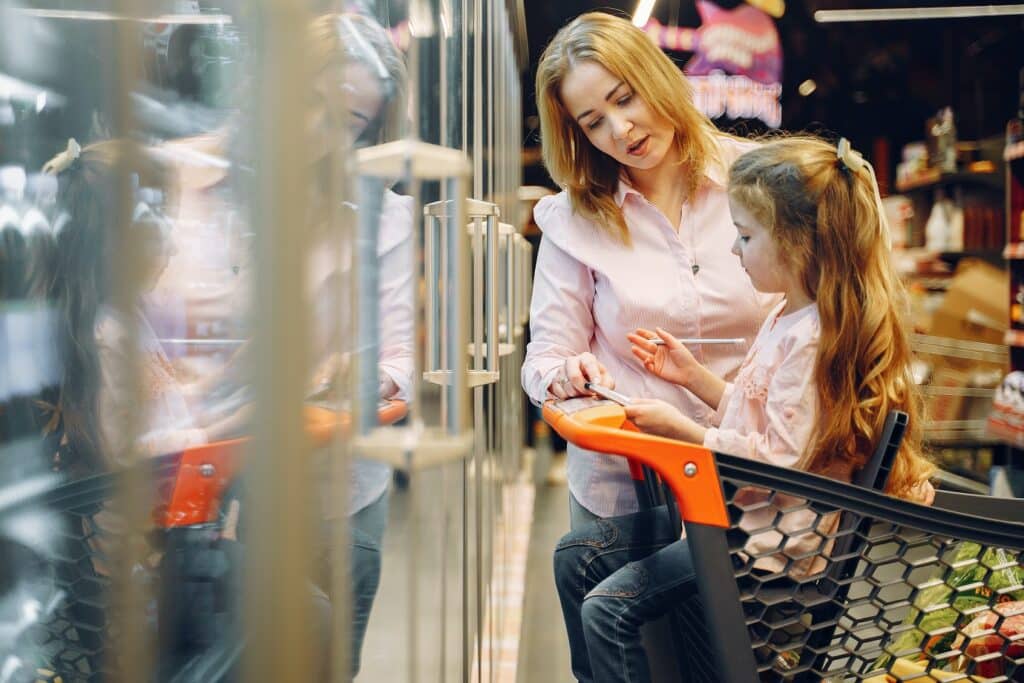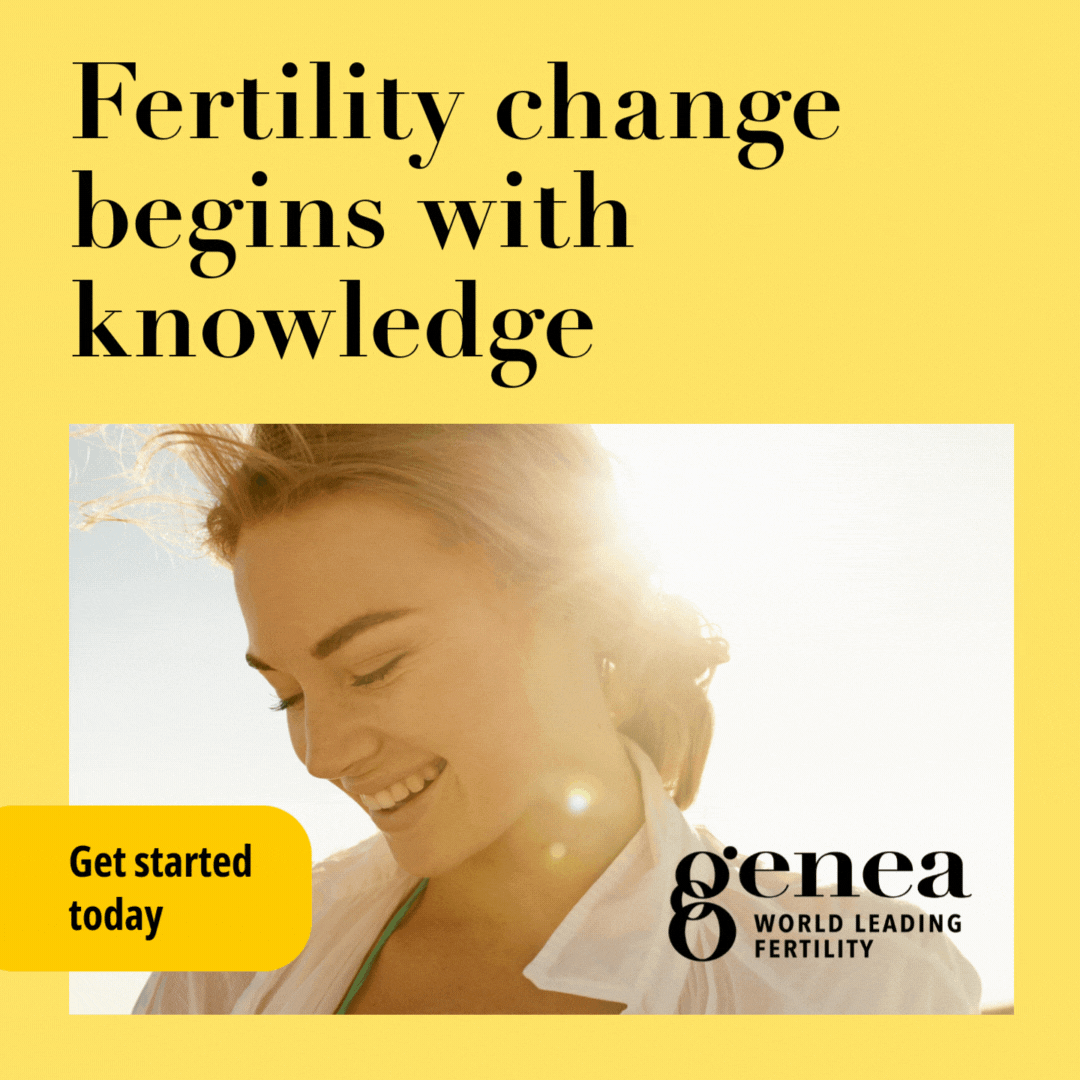Poverty in Australia is highly gendered, according to a new report, with women who are the main income earners for their household experiencing almost twice the level of poverty in 2019-20 as their male counterparts (18 per cent compared with 10 per cent).
Released on Wednesday by ACOSS and UNSW Sydney, the report, Poverty in Australia 2023: Who is affected, examines the depth of poverty for the 3 million people, including 761,000 children, previously identified by the Australian Bureau of Statistics (ABS) as living in poverty in the 2019-20 financial year.
The report specifies the poverty line as being 50 per cent of median household income, taking account of people’s housing costs.
The Guardian reports this would mean a single person living on less than $489 a week was in poverty, and a couple with two children would reach poverty at $1,027 a week.
The timing of the examined financial year is significant as it allows for insights into the impacts of COVID income supports, which the report says demonstrates that governments can substantially reduce poverty.
“COVID income supports (especially the Coronavirus Supplement) were well targeted to reduce poverty among key high-risk groups including people in households whose main income-earner was unemployed, people of working age and their families, and people renting their homes,” say the report authors.
However, while JobKeeper payments during the Covid-19 pandemic helped lessen the depth of poverty for many, there was still a clear gender divide in support.
Women already have much lower incomes on average than men, and the report states that Jobkeeper payments went disproportionately to men.
This, coupled with the fact that women had a slower restoration of paid working hours, reinforced the gender income bias, according to the findings.
“In the June quarter of 2020, poverty fell by 4 percentage points (604,000 people) in households where the main income-earner was a man, but only by 0.2 per cent (21,000 people) in households where the main income-earner was a woman,” says the report.
Meanwhile, those at the highest risk of poverty are people who are unemployed, people receiving income support, renters, sole parents, women, children and people with disability.
Households relying on Youth Allowance experience the deepest poverty, with incomes being, on average, $390 per week below the poverty line.
People in households relying on JobSeeker were $269 per week below the poverty line, and people in households relying on parenting payments were $246 per week below the poverty line.
By payment type, 60 per cent of people receiving JobSeeker and 72 per cent of people receiving Parenting Payment live in poverty, compared with one in eight (13 per cent) people and one in six children (17 per cent) in poverty overall, based on the latest available data from the ABS.
Responding to these findings, ACOSS CEO Cassandra Goldie said: “The fact that a majority of people relying on unemployment payments and parenting payments are in poverty shows that current income support payments for people who are unemployed and single-parent families are totally inadequate to meet the essentials of life.”
Carla Treloar from the Social Policy Research Centre at UNSW Sydney said the research reveals the impacts that policy settings, particularly payment rate, can have on poverty.
Treloar also commented on the depth of poverty experienced by those on Youth Allowance, saying, “Young people who are trying to start their working life are being left behind. And, we see every day on campus the impact that this has on students who are struggling to pay for essentials while trying to complete their degrees.”
Further key findings show that 18 per cent of migrants from a non-English-speaking country are in poverty compared with 11 per cent of people born in Australia lived below the poverty line in 2019-20.
Twenty per cent of people renting privately and 52 per cent of those in public housing were in poverty. Also, 34 per cent of sole parent families and 11 per cent of people in partnered families with children.
Treloar says the insights from this report provide, “further evidence of the need for a poverty reduction package in the May Budget to lift working-age income support payments to at least $76 a day, double rent assistance, increase supplements for the extra costs of sole parenthood and disability, complemented by a commitment to full employment and improved employment services.
“The Government also needs to invest in at least 25,000 social housing units per year, with housing costs a major poverty risk for people on low incomes,” she says.


